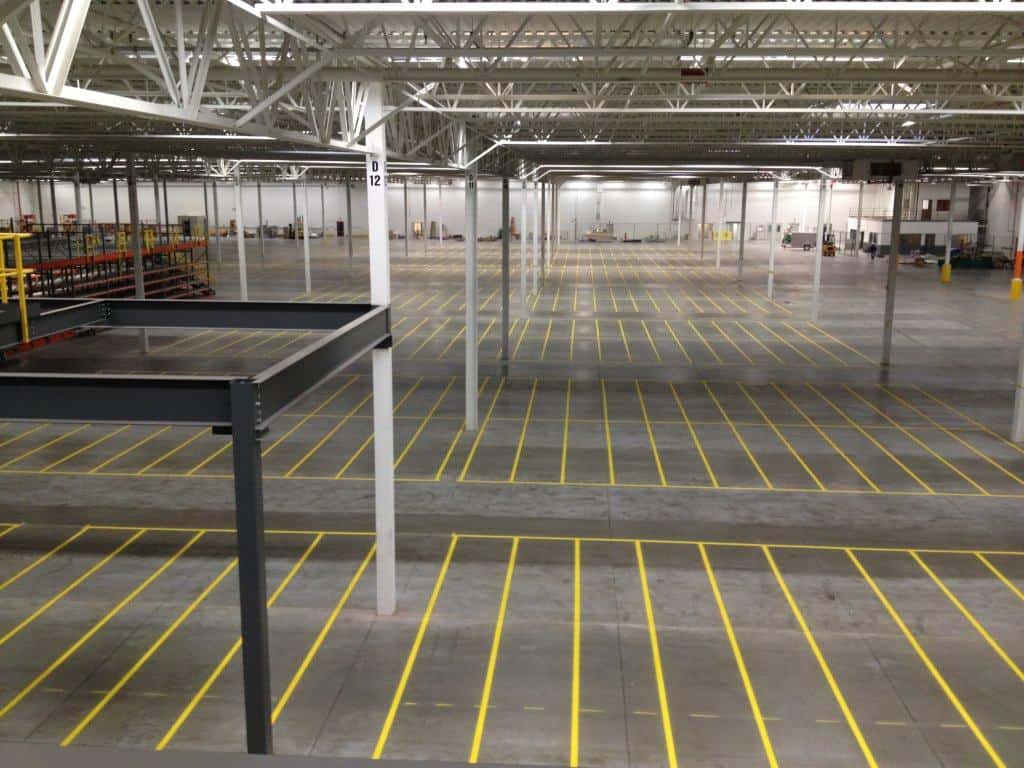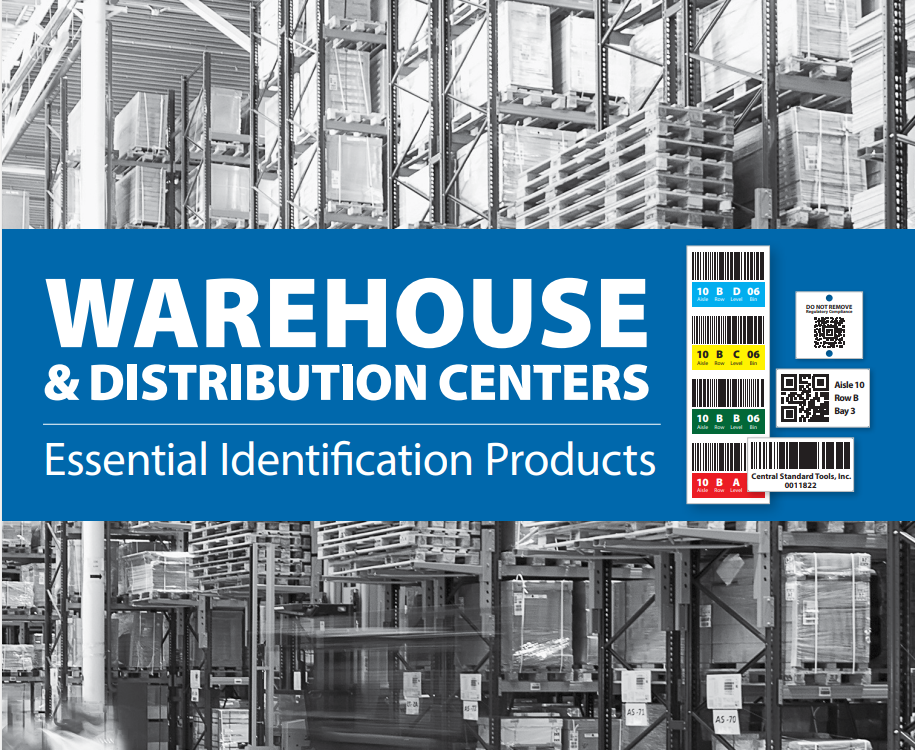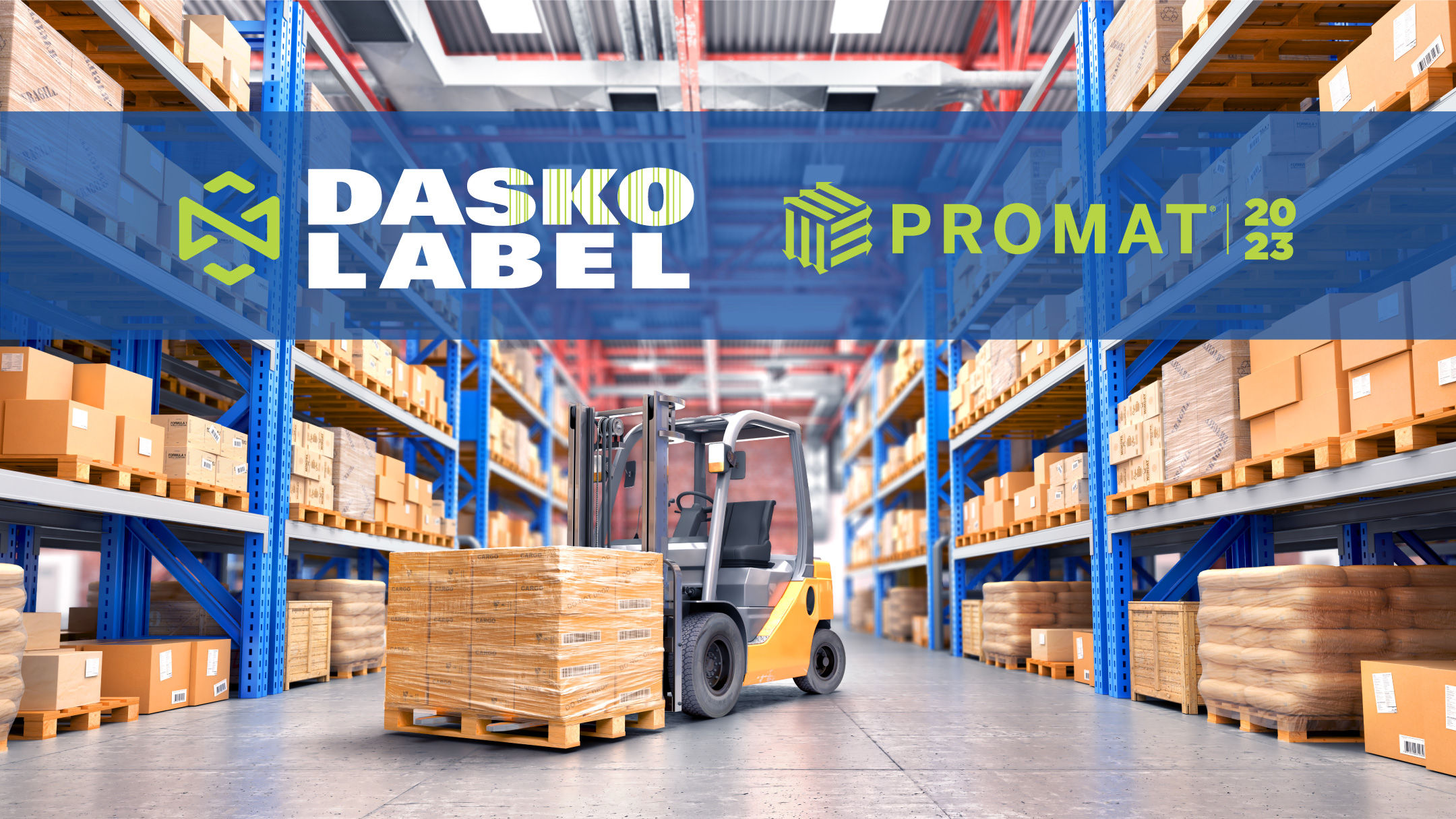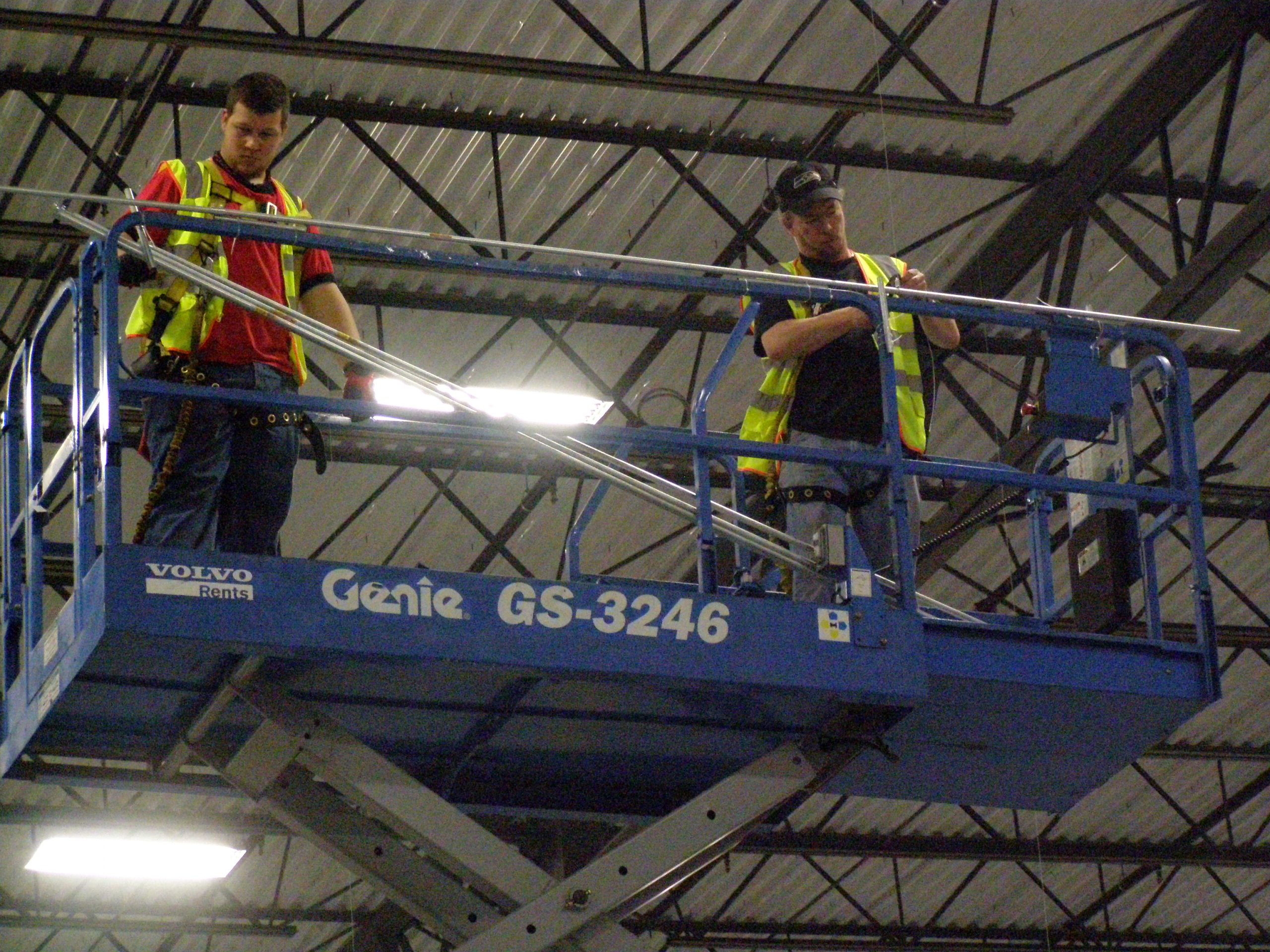A variety of methodologies and philosophies encourage modern warehouses to boost productivity while keeping errors and resource consumption to a minimum. All this may seem like a tall order given the inherent complications of warehouse operations, but the right system can produce stellar results.
5S is an especially compelling option that you may have already seen in action. Meant to remove clutter from a variety of workplace functions, this method is named for the five Japanese terms that capture this system’s core philosophy:
- Seiri. Typically translated to “sort,” this term highlights the need to methodically examine all items within a given location — and determine which are unnecessary. Ideally, this effort will remove distractions and maximize usable space.
- Seiton. Best thought of as straightening or setting in order, the seiton portion of the process is most effective when implemented after seiri. With all obstructions removed, it’s possible to determine exactly where necessary items can be situated — and how new locations will help these items fulfill their true workplace potential. A space that is properly set in order will keep related tools and materials in close proximity, with necessary items labeled and easy to find.
- Seiso. To achieve seiso is to make a workplace shine. This is accomplished through cleaning the environment and the equipment it contains on a regular basis. The result? A pleasing space that promotes greater productivity.
- Seiketsu. The first three S processes should not be occasional pursuits, but rather, part of a standardized procedure that promotes positive long-term results. Hence, the need for seiketsu — standardization. This means forming a structure in which all involved understand their responsibilities. Regular auditing may be needed to keep everybody accountable.
- Shitsuke. Only with self-discipline can the previous four S initiatives succeed. While all stakeholders possess this to some degree, it must be cultivated through regular training and feedback. Leaders must also be open to receiving employee input — and acting on it, when warranted.
What Is 5S in a Warehouse?
While the Japanese terms highlighted above convey the essence of the 5S methodology, this system’s implementation can look surprisingly different from one enterprise to the next.
In logistics and supply chain management, one of the chief goals of any 5S program is to promote lean warehousing. This, in turn, allows businesses to do more with less.
Under the ideal lean warehousing setup, minimal resources are consumed, despite operations remaining equally productive. 5S gets at the root causes of wasteful or chaotic environments while also identifying simple processes that can bring a sense of order to any workspace.
How to Implement This Method for Lean Warehousing
You’ve observed 5S and lean warehousing in action — and you’re ready to make the most of these concepts as you pursue major improvements for your warehousing operations.
How you implement these strategies will ultimately determine whether they have the effect you desire. To boost their impact, keep these suggestions in mind:
Set Clear Goals
What, exactly, do you hope to accomplish as you strive for lean warehousing via the 5S method? The sooner you identify these intentions, the better.
Once you’ve clarified your basic objectives, examine each of the S terms highlighted above, determining how these individual efforts will promote your short and long-term goals.
Start Small
Adopting a new methodology can feel overwhelming, but remember — you don’t need to change everything at once. Often, business leaders find that it’s easier and more effective to focus on the smallest updates that make the biggest difference.
Track each change thoroughly to determine its impact — and to see where implementation can be improved as you make additional changes. As you observe a desirable return on investment, you’ll be motivated to continue pursuing lean manufacturing and warehousing.
5S Ideas & Best Practices for a Warehouse
No two warehouses use the exact same 5S setup. In general, however, these programs will rely heavily on signage to keep management and employees aware of preferred locations for equipment and inventory. Additionally, signage and floor markings can direct the flow of traffic, thereby streamlining everyday operations.
Organize Assets and Inventory
Organization is a critical component of the 5S method — it specifically relates to the seiton and seiketsu processes. This takes multiple forms — organizing items not only into specific areas or zones, but also, ensuring that the zones themselves are properly organized.
This should be preceded by strategic planning. Determine early on which workflows make the most sense given the size and layout of your warehouse — and also based on the realities of your workforce and the technological tools at your disposal.
Don’t forget to develop a system to ensure that your new organizational strategy remains consistent over time. Clear marking is central to this effort. Use color-coordinated totes with high-quality labels to ensure that all inventory is stored properly.
Take Advantage of Red Tags
The red tag is consistently a favorite tool in the lean warehousing world. Easy to identify, these simple labels designate where and when items should be moved — or whether they should instead be shredded, recycled, or discarded.
Don’t forget to log this information in a register. This provides valuable oversight, particularly when tagged items are placed in holding areas.
Signage
Crucial for maintaining both safety and efficiency, signage allows you to designate where, exactly, specific items should be stored. It also alerts employees to potential dangers, especially in high-risk areas such as loading docks.
Be sure to include guidelines for proper storage and safe use, particularly for sensitive products or equipment that could easily be damaged. Signs should feature simple backgrounds and high contrast, so they can easily be noticed and understood from a distance.
Floor Signs
Floor labels boost visibility, thereby improving the flow of traffic. Strategically placed markings limit work stoppages, keeping downtime to a minimum. Furthermore, they can be used to designate preferred locations for a variety of items.
Floor signs often draw attention to areas of heavy forklift traffic, particularly when this might leave pedestrians at risk. Floor marking tape can also create boundaries for work areas.
Floor-based pallet alignment indicators are excellent for keeping pallets and other large items organized. Anti-slip designs promote the oft-mentioned sixth S: safety.
5S Labeling
While many of the organizational strategies highlighted above are already used extensively in warehouses that lack 5S programs, there’s a lot to be gained from signs and labels that intentionally reference the 5S process.
These signs clarify all things 5S, explaining how employees can contribute to the orderly and productive environments that this methodology promotes. If employees understand the thinking behind these initiatives, they are more likely to embrace and take ownership of strategies that might otherwise meet with resistance.
Reporting
As mentioned previously, gathering and analyzing data helps you determine which 5S strategies are most effective — and which may require adjustment (or, perhaps, should be abandoned altogether). Continuous improvement is always the goal; strive for greater precision and organization as you adjust your approach over time.
Use shitsuke processes to determine how you’ll go beyond gathering data — and whether specific metrics actually reflect your goals or your vision of a lean warehouse environment.
When possible, automate data collection and analysis. Under a manual approach, it’s too easy to waste valuable time gathering data that may prove inaccurate or irrelevant to current warehousing concerns.
Getting Started With 5S in a Warehouse
There’s a lot to be gained from implementing 5S in the modern warehouse environment, but going it alone is never advisable. With the right tools and some helpful guidance, you can make the most of this exciting opportunity.
Ready to take the next step with implementing the 5S method as you strive for a lean warehouse? Look to DASKO LABEL for assistance every step of the way.
We are pleased to offer many solutions that can optimize your lean warehousing efforts, including aisle labels, floor labels, striping, warehouse signs, and more.
Contact us today to learn more about the role our labeling solutions can play in improving your facility’s safety, efficiency, and productivity.






